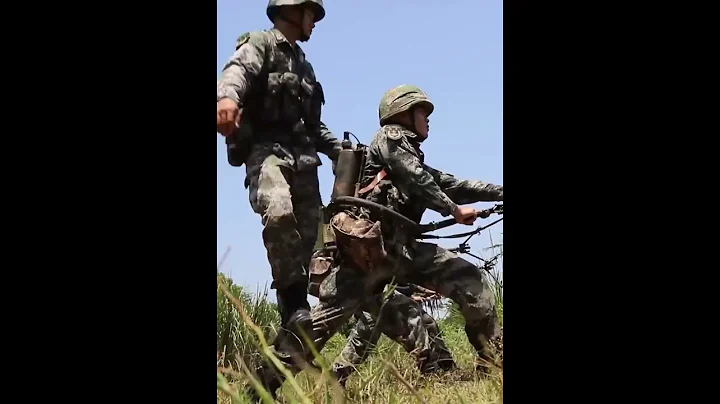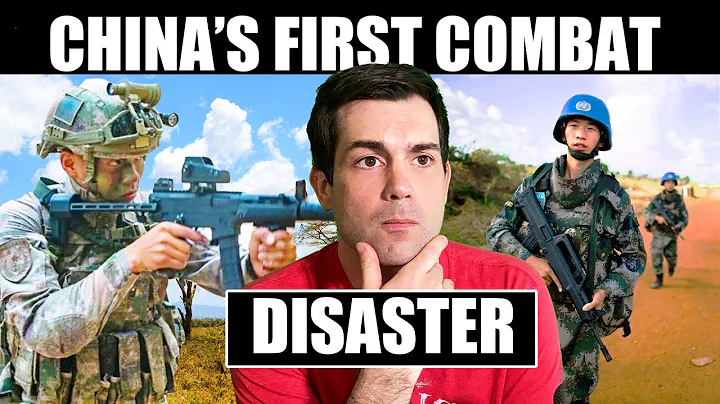Su Yu commanded Central China Field Army " Seven Battles and Seven Victories "

The picture shows Comrade Su Yu in September 1946 when he returned to the Huai'an Central China Military Region Headquarters after the "Seven Battles and Seven Victories"
July 13, 1946 to On August 31, Commander Su Yu commanded more than 30,000 people of the Central China Field Army and launched a fierce battle with 120,000 Kuomintang troops in the central area of Jiangsu Province. He successively won Xuantai, Runan, Haian, Libao, Dinglin, and Shaobo. , Ruhuanglu and other 7 battles were won, and more than 50,000 enemies were wiped out. This is the famous "Seven Battles and Seven Victories" in the history of our army.
"Seven Battles and Seven Victories" inspired the soldiers and civilians in the liberated areas to have the confidence to fight and win, and provided practical experience for combat guidance in the early stages of the Liberation War. The good news of the great victory in the Battle of Central Jiangsu reached Yan'an . Mao Zedong was extremely excited. He personally drafted a telegram for the Central Military Commission and sent it to the head of the strategic area, introducing this experience that "resulted in brilliant results": "In every battle, concentrate the absolute superiority of troops to defeat one enemy." , so the battle is invincible, and the country is very high; a lot of seizures, so the equipment is excellent; fighting in the liberated areas makes it convenient to supplement; and the command is correct, it can achieve great victory. This experience is a good experience, and I hope that all districts will imitate it. , and hoped that all subordinates would pay attention. "Mao Zedong extended Su Yu's experience to the entire army.
The Battle of Jincheng to Resist US Aggression and Aid Korea began

Schematic diagram of the Battle of Jincheng
On July 13, the setting sun rolled in the golden clouds, and the setting sun flashed into a ray of light. Yang Yong, commander of the 20th Corps, issued the order to attack, and the Battle of Jincheng began. Suddenly, 1,000 cannons made a deafening roar, and rows of rocket shells flew towards the enemy formation, like lightning streaking across the sky... The earth shook, and the sky burned into dark red.
The Battle of Jincheng began on July 13 and ended on the 27th. Together with the front-facing operations by other units of the Chinese and North Korean People's Army, a total of more than 78,000 enemies were wiped out and 192.6 square kilometers of land were recovered. This battle was the largest since the Chinese Volunteer Army entered positional warfare. It severely punished the Rhee Syngman Group, deepened the conflict between the United States and the South Korean authorities, effectively promoted the realization of the Korean armistice, and played a vital role in maintaining North Korea after the armistice. played an important role in stabilizing the situation.





















